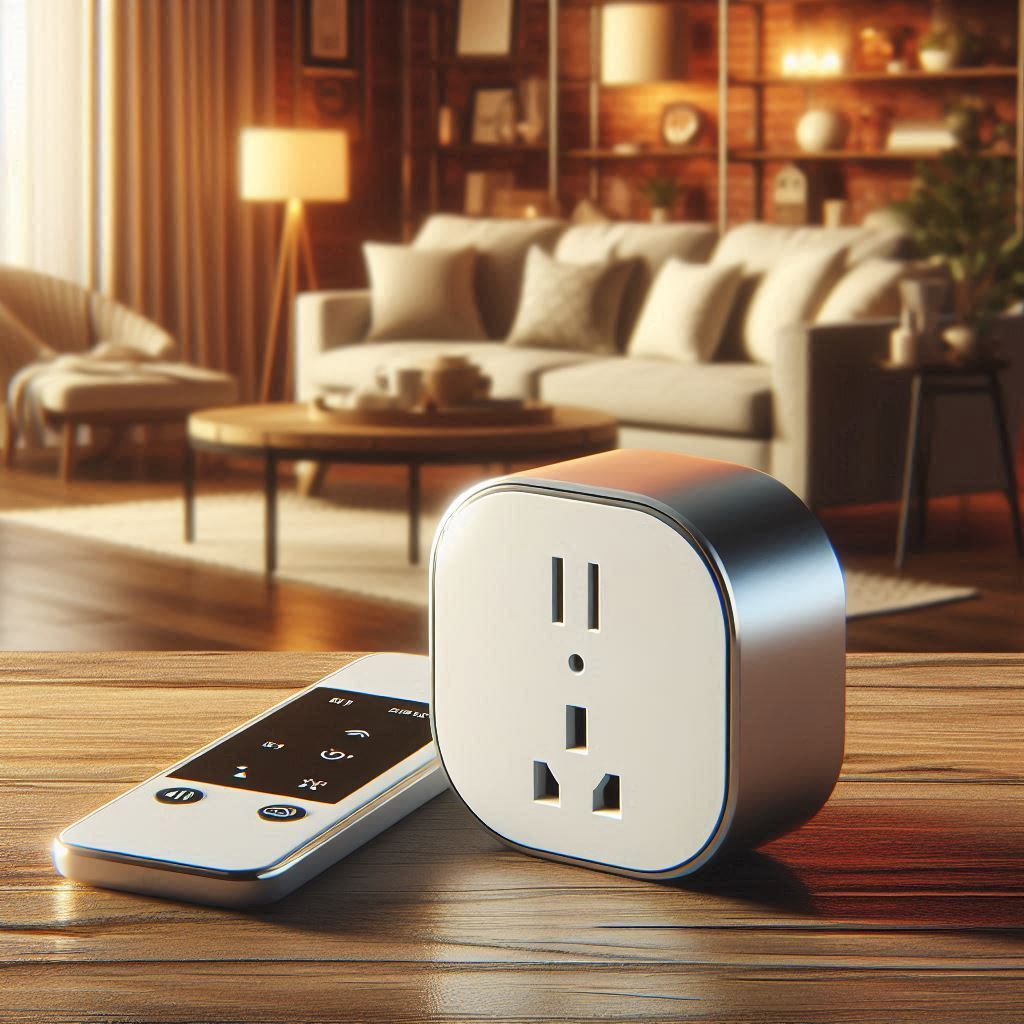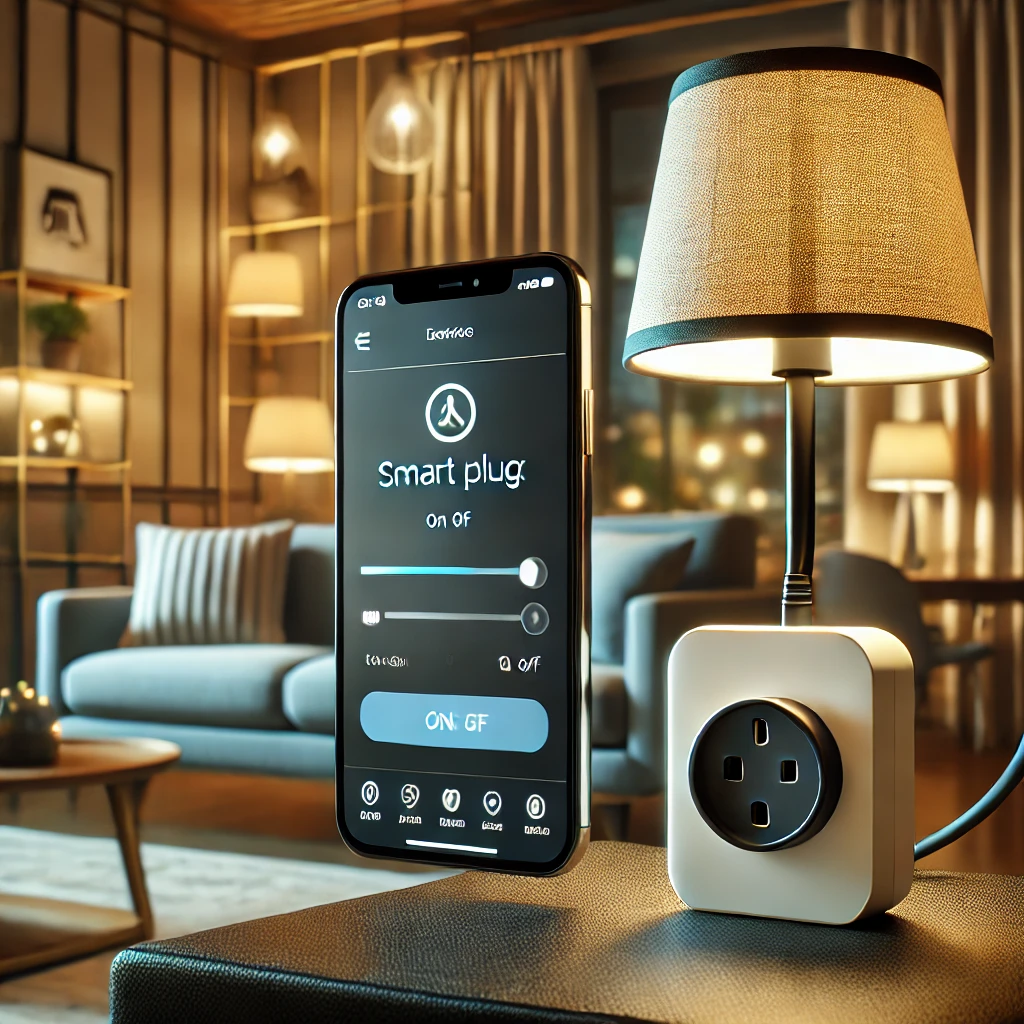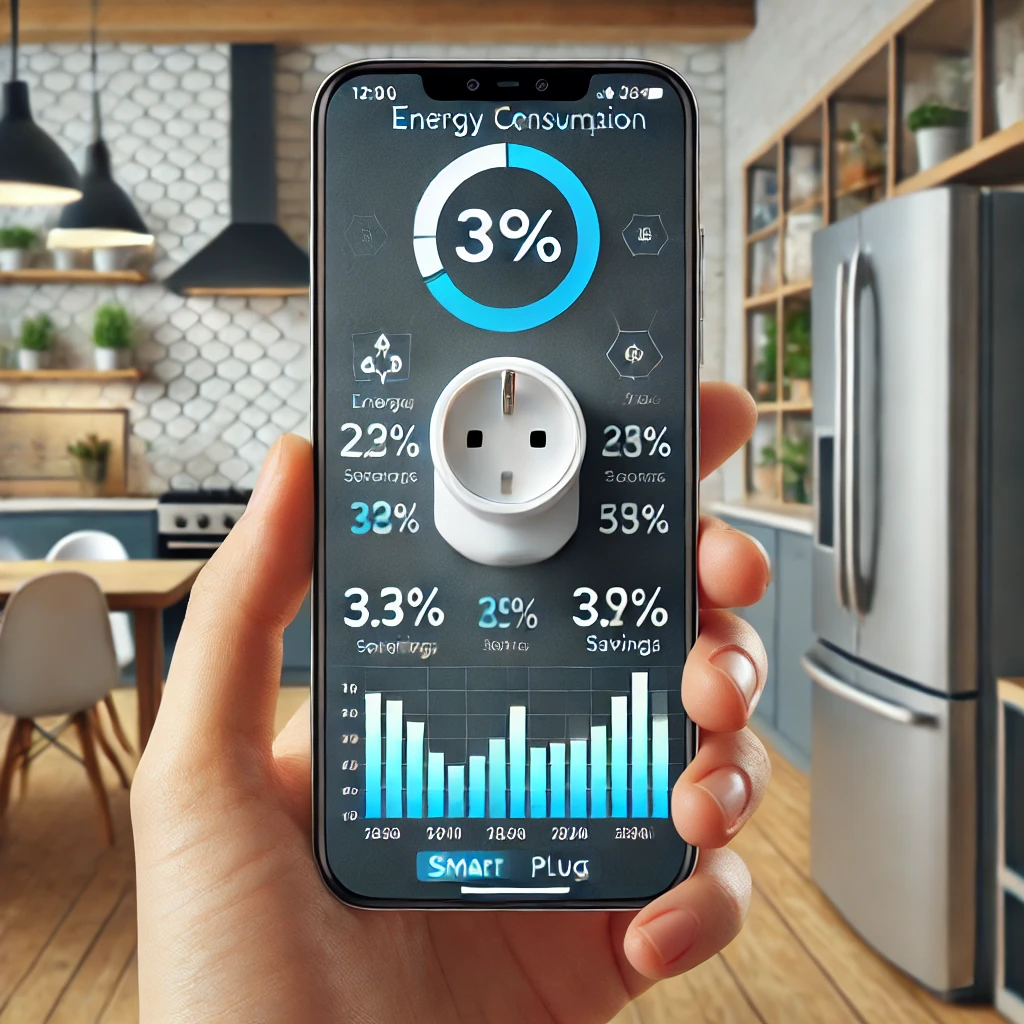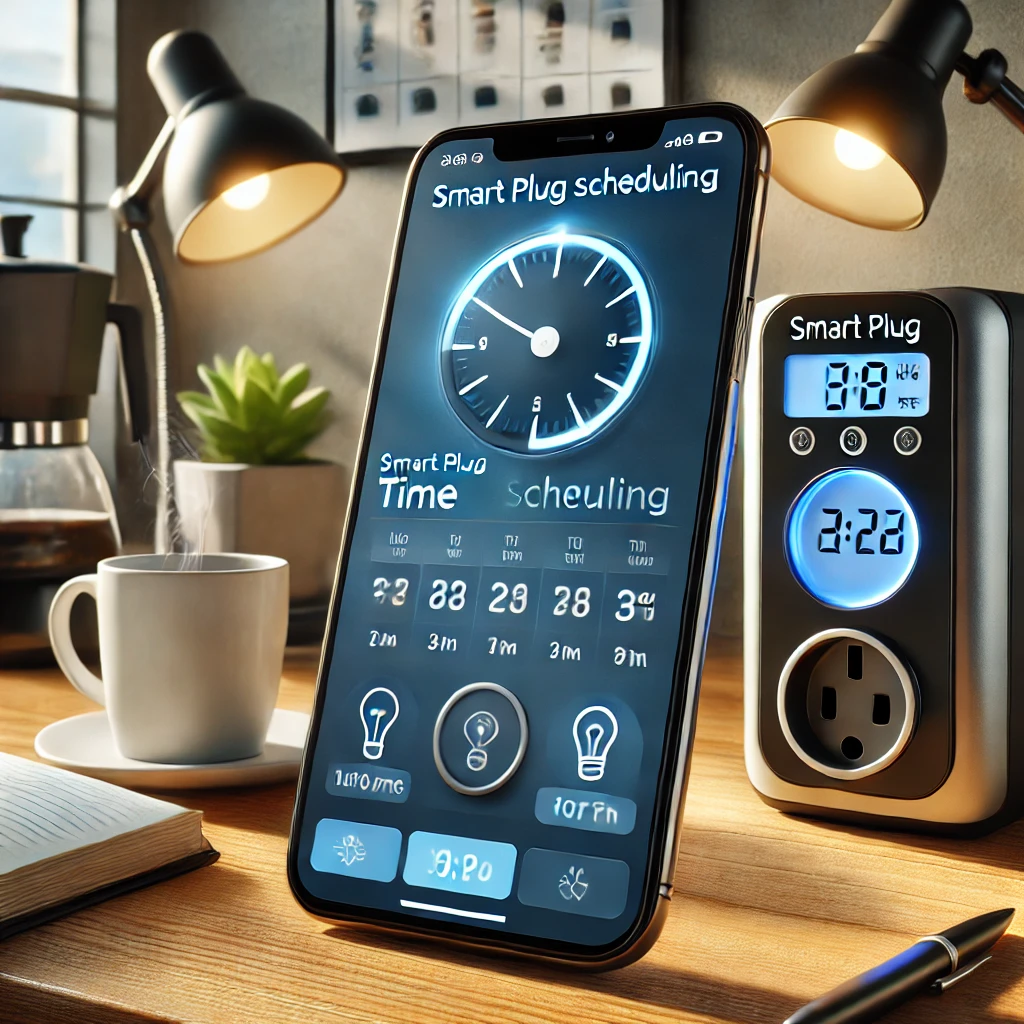
Introduction
In recent years, the integration of technology into our daily lives has paved the way for innovative solutions designed to enhance convenience and efficiency. One such innovation is the Remote-Controlled Plugs for Homes(a key component of smart home technology). These devices allow users to control their electrical appliances from a distance, offering a seamless blend of comfort and practicality. As smart home systems gain traction, remote-controlled plugs have become increasingly popular, revolutionizing how we manage our electrical devices.
Smart plugs with remote control
Remote-controlled plugs provide homeowners with the ability to operate a variety of electrical devices, including lamps, fans, and other appliances, directly from their smartphones or dedicated remote controls. This functionality not only simplifies everyday tasks, such as turning lights on or off from bed, but also ensures that appliances can be utilized efficiently, without the need for physical proximity. With the growing emphasis on convenience, remote-controlled plugs have emerged as a prominent feature in the landscape of home automation.
Moreover, these smart plugs offer potential energy savings that can contribute to lower electricity bills. By enabling users to schedule operations, such as turning devices off during periods of inactivity or when not needed, energy wastage becomes significantly reduced. This capability aligns well with the increasing global focus on sustainability and energy efficiency, making remote-controlled plugs an environmentally friendly choice for modern households.
The impact of smart home technology on daily living cannot be overstated. It has transformed ordinary household tasks into manageable, automated processes, allowing for more leisure time and less manual involvement. As the demand for smart solutions continues to rise, remote-controlled plugs stand out as a practical and beneficial innovation, leading to enhanced user experiences in home management.
What Are Remote-Controlled Plugs?
Definition and How They Work.
Remote-controlled plugs are innovative devices designed to facilitate the management of electrical appliances and lighting systems within a home. These plugs function as intermediaries between a power source and electrical devices, allowing users to automate and control their operation remotely. In essence, they transform ordinary devices into smart appliances, contributing to energy efficiency and convenience in daily life.
Types of Remote-Controlled Plugs:

- Smart Wi-Fi Plugs:
- Connect to Wi-Fi networks and are controlled via smartphone apps.
- Offer features like on/off scheduling, energy monitoring, and voice assistant integration (Amazon Alexa, Google Assistant).
- Can be programmed to control lamps, fans, and larger appliances, making them a key part of a smart home ecosystem.
- Traditional Remote Smart Plugs:
- Operate using a physical remote control.
- Often come with a plug-in remote light switch.
- No Wi-Fi connection required, making them easy to set up.
- Allow users to control connected devices from a distance, offering convenience for lighting and appliances.
Device Compatibility & Versatility:
- Suitable for a wide range of devices, including outdoor lighting, home theater systems, and household appliances.
- Enhance home automation by allowing flexible control over electrical devices.
Key Benefits:
- Improve user convenience with remote operation.
- Optimize energy consumption by scheduling usage.
- Offer a cost-effective and efficient solution for smart home setups.
Benefits of Using Smart Plugs with Remote Control
Smart plugs equipped with remote control capabilities offer numerous benefits that cater to modern homeowners’ needs for convenience, energy efficiency, and security. One of the most significant advantages is enhanced convenience in managing home appliances. With the ability to control devices from a smartphone or tablet, users can turn appliances on or off from virtually anywhere. Imagine arriving home after a long day and toggling on your living room lights or starting your coffee maker while still on route. This ability to manage appliances remotely can streamline daily routines and improve overall quality of life.
Another important aspect of smart plugs is their contribution to energy efficiency. By enabling users to monitor and control energy consumption, these devices can help to reduce electricity bills significantly. Many smart plugs provide insights into energy usage, allowing homeowners to identify energy-hungry appliances and adjust their usage accordingly. For instance, plugging in a space heater or air conditioner and scheduling it to operate only when necessary can lead to substantial savings over time.
Setting schedules and timers is an additional feature that enhances the usefulness of remote-controlled smart plugs. Users can program these devices to turn on and off at specific times, ensuring that appliances operate only when needed. This is particularly beneficial for items such as lights, which can be set to mimic occupancy when homeowners are away, thus improving security. Increased security through remote operation is another key advantage; users can check the status of their devices and control them from anywhere, providing peace of mind during travel or vacations.
In practical applications, individuals have reported experiences where smart plugs have significantly simplified tasks, from creating automated lighting systems to controlling holiday decorations, enhancing their daily lifestyles. In conclusion, the integration of smart plugs with remote control capabilities serves as a transformative solution for modern living, effectively combining convenience, energy savings, and security into a seamless home management experience.
Top Features to Look For in a Remote-Controlled Plug

When selecting a remote-controlled plug, several key features should be considered to ensure it meets your individual needs effectively. One of the primary aspects is compatibility with existing smart home ecosystems, such as Amazon Alexa, Google Assistant, or Apple HomeKit. Heterogeneous smart home environments require plugs that can seamlessly integrate and communicate with various devices to maximize efficiency and user experience.
Ease of installation is another critical factor. A user-friendly setup process can significantly enhance the appeal of a remote-controlled plug, as it allows users of different technical expertise levels to quickly and efficiently incorporate it into their home. Look for models that provide clear instructions or app-based setups to streamline the process.
Energy monitoring capabilities are increasingly important, allowing homeowners to track energy consumption in real time. This feature not only aids in reducing electricity bills but also promotes a more sustainable energy usage approach. Remote access functionality enables users to control devices from anywhere, which is particularly beneficial for those who travel frequently or have an unpredictable schedule.

Scheduling options should also be evaluated, as they allow users to program appliances to turn on or off at specific times. This can enhance convenience and improve energy efficiency. Additionally, consider the design and form factor of the plugs, especially if space is limited. Sleek and compact designs often fit better in various outlets without obstructing adjacent plugs.
Finally, overall safety standards are paramount. Look for models that adhere to established safety certifications, such as UL or ETL listings, which signify that they have been rigorously tested for safety. Assessing these critical features will ensure you choose a remote-controlled plug that not only enhances your smart home experience but also aligns with your energy management goals.
Types of Remote-Controlled Smart Plugs
When considering a smart outlet with remote functionality, several options stand out for their versatility and user-friendliness.
A smart plug with remote switch allows for straightforward manual control, making it ideal for users who prefer a tactile approach. On the other hand, Alexa remote plugs offer voice-controlled convenience, enabling users to turn devices on or off simply by speaking.
For those who prefer connectivity options, remote control smart plugs are available that work seamlessly via Wi-Fi or Bluetooth, providing a reliable connection to all your smart devices.
Setting Up and Using Your Smart Plug
Setting up a smart remote-controlled plug may seem daunting, but it can be straightforward with a step-by-step guide.
First, plug your smart outlet into an existing wall socket.
Download any associated app required for setup and follow the on-screen instructions for connecting the device to your home Wi-Fi network.
Once the outlet is connected, you can manage it from your smartphone or through voice commands using Alexa.
Common troubleshooting issues may include connectivity problems or failure to recognize the plug in your smart home app. These can often be resolved by ensuring the plug is within range of your router and that you have updated the app to the latest version.
Conclusion
- Remote-controlled plugs provide unparalleled convenience for managing home devices.
- They can be operated via smartphone apps or voice commands, ensuring ease of use.
- Setting them up is a simple process when following the correct steps.
- Troubleshooting tips can resolve most common issues quickly and easily.
- These smart outlets enhance the flexibility and connectivity of any modern home.
FAQ:
Can smart plugs be controlled remotely?
Smart plugs can indeed be controlled remotely, allowing users to manage their devices from anywhere via a smartphone app.
Are remote control plugs safe?
Generally, remote control plugs are considered safe, as they undergo rigorous testing to meet safety standards.
How does a remote control plug work?
These plugs function by connecting to your Wi-Fi network, enabling you to turn appliances on or off with ease.
Are smart plugs a good idea?
Overall, smart plugs are a good idea for energy management and convenience.
Do smart plugs use a lot of electricity?
In terms of electricity usage, smart plugs themselves consume minimal power, typically less than one watt when idle, making them an efficient addition to your home.
Pingback: How to install smart plug with Alexa? - SmartElectricalHomeRenovation
Pingback: How Smart Plugs Contribute To A More Sustainable Lifestyle? - SmartElectricalHomeRenovation